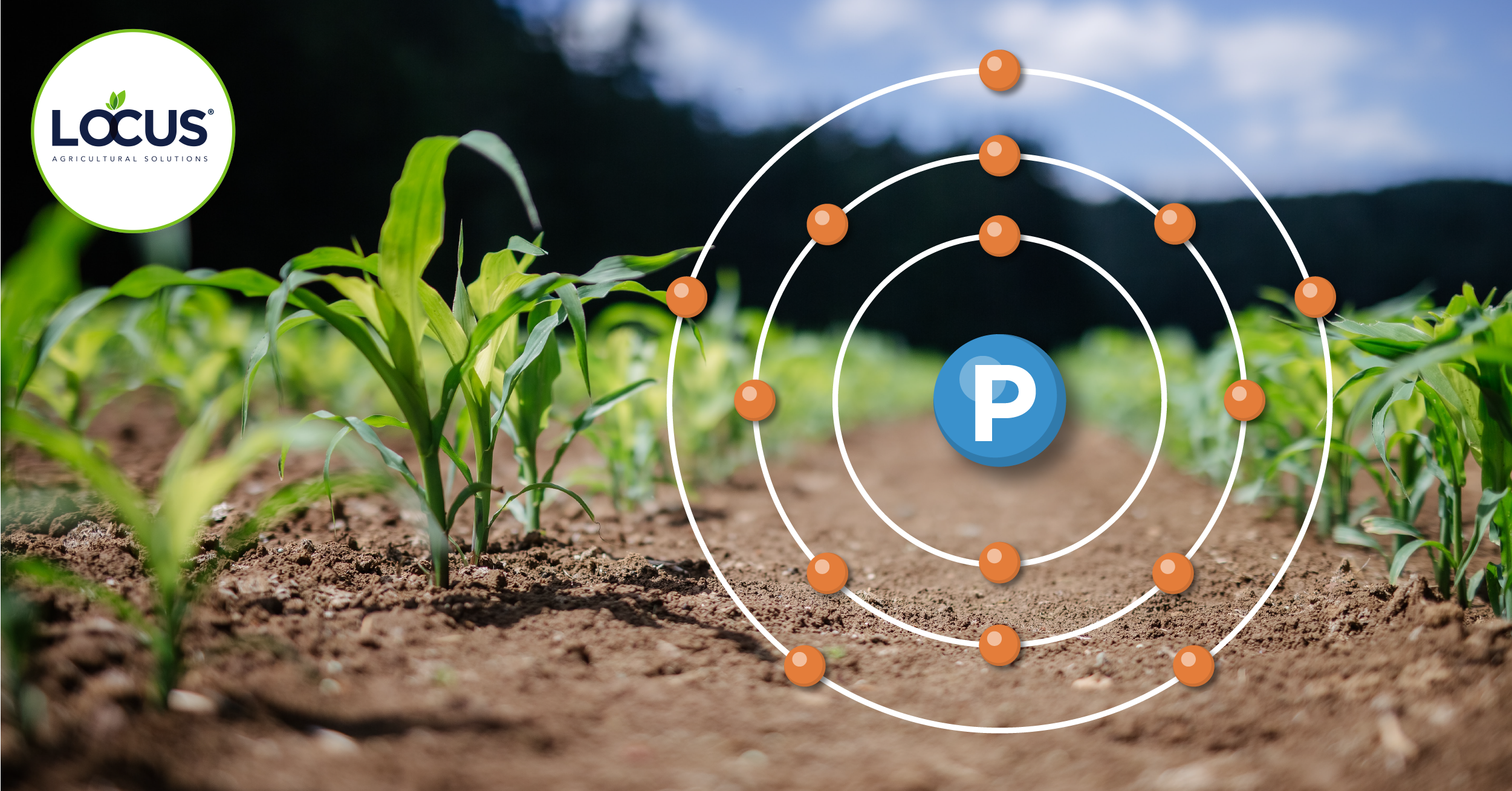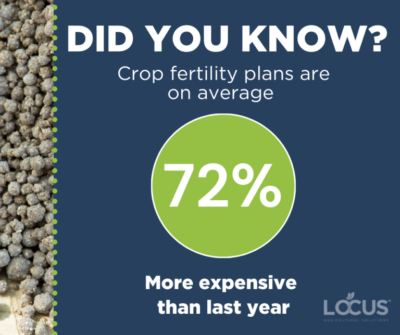
Phosphorus—The Stress Reliever for Plants

How Phosphorus-Solubilizing Soil Microbes Can Help Growers Get the Most Out of The Essential Nutrient
Phosphorus is one of the three plant macronutrients, along with nitrogen and potassium, considered essential to profitable crop and livestock production; not to mention a key element of global food security. Creating a healthy root system, improving phosphorus availability and optimizing nutrient conversion are crucial to mitigate plant stress from the start. Yet agricultural growers are facing an array of phosphorus-related challenges.
Phosphorus Pricing
NPK inputs and fertilizer prices continue to skyrocket, with Green Markets Weekly North American Fertilizer Index recording a new high of above $1,000/ton in October 2021 compared to $366/ton just one year prior. Growers are paying costly amounts for a mineral already available in the soil.
Phosphorus Availability
 In addition to pricing, another issue is long-term availability. Phosphorus reserves are limited, and experts agree that the current pace of extraction is unsustainable. While phosphorus is mined in the U.S. and Canada, a vast portion of this resource is beset by social controversies and supply chain issues associated with the world’s leading supplier of phosphorus: Morocco, home to 72% of the globe’s supply.
In addition to pricing, another issue is long-term availability. Phosphorus reserves are limited, and experts agree that the current pace of extraction is unsustainable. While phosphorus is mined in the U.S. and Canada, a vast portion of this resource is beset by social controversies and supply chain issues associated with the world’s leading supplier of phosphorus: Morocco, home to 72% of the globe’s supply.
Phosphorus Use Efficiency
Considering the finite, non-renewable and unique position of phosphorus in the food chain, phosphorus use efficiency (PUE) becomes an urgent priority. Field tests demonstrate that often just 10-15% of phosphorus applied to a crop is taken up by the plants, with figures rarely reaching 25%, for a low PUE ratio.
This low PUE means that applied phosphorus is either running off into water systems or is bound up in the soil, like a vault of precious treasure without a key.
So what can growers do to address these issues and get more phosphorus out of the soil? There’s now a promising solution…phosphorus-solubilizing microbes.
Soil Solutions That Solubilize Phosphorus
Locus Agricultural Solutions® (Locus AG) offers growers a key that can unlock that bound up phosphorus with its Pantego® line of naturally occurring microbial soil amendments, or soil probiotic technologies. Highly commended as a finalist for Best New Biological Product in the Crop Science Awards, the soil solutions utilize a specific free-living microbial strain selected for its action to solubilize and release phosphorus present in the soil that is currently bound to other positively charged nutrients, and turn it into a plant-available form. The novel strain also has a unique ability to perform in cool temperature soils to stimulate early root development.
Root Zone Action
 Pantego is applied in the root zone, where the roots seek both water and nutrients. The novel microorganisms have high microbial activity within the soil and produce organic solvents which are beneficial for solubilizing NPK, specifically phosphorus. This synergistic action results in improved root growth for better availability and crop uptake. It does not activate other phosphorus further down in the soil, avoiding the potential to create runoff that would enter the water system, creating algal blooms.
Pantego is applied in the root zone, where the roots seek both water and nutrients. The novel microorganisms have high microbial activity within the soil and produce organic solvents which are beneficial for solubilizing NPK, specifically phosphorus. This synergistic action results in improved root growth for better availability and crop uptake. It does not activate other phosphorus further down in the soil, avoiding the potential to create runoff that would enter the water system, creating algal blooms.
Field trials show great promise that Pantego also aids with uptake of other, more minor nutrients. Calcium for example, is a charged particle beneficial for crops, but is often bound up to phosphorus in the soil, locking both in an unavailable form. Releasing phosphorus from calcium frees up both the major and minor nutrients into available forms in the soil.
Typically, inadequate amounts of either nitrogen or phosphorus can create a type of nutrient bottleneck in the plant. Once this bottleneck is opened crops are better able to uptake soil nutrients, both major and minor, due to development of the root system architecture.
Root System Architecture
Phosphorus is primarily responsible for root development; the more extensive the root system architecture, the more nutrients crops can take up and utilize for proper health and growth. In addition, early root establishment has been shown to increase a plant’s ability to withstand abiotic stressors. Certain crops require more phosphorus than others, with Nebraska winter wheat a prime example, requiring higher soil test results for phosphorus than corn, soybeans or sorghum. Phosphorus increases wheat seed size and kernel head, the number of heads and overall grain yield for example, while a lack of phosphorus or a deficiency is linked to delayed maturity and winterkill.
Other crops that have a higher dependency on phosphorus for proper growth include any type of annual that grows, reproduces and dies within one year; plants grown in cold weather with limited roots and rapid top growth (i.e. lettuce); pulses, oilseed crops and legumes.
Proven Results
In addition to aiding the plant in support against stress, Pantego’s impact on root development and phosphorus solubilization ultimately results in higher yields. In soybean field trials conducted in 2020, Pantego application resulted in an average 2-3 bushels/acre yield increase and a 2.3x return on investment (ROI) for the grower based on pricing at that time.


